Wondering if your cost-per-lead (CPL) is on track for 2025—or if you’re overspending in a competitive market? With digital advertising evolving faster than ever, staying ahead means knowing where your industry stands. Whether you’re a marketer, business owner, or startup founder, this post breaks down 2025 CPL benchmarks, emerging trends, and actionable strategies to optimize your campaigns. Let’s dive into the numbers, compare niches, and explore how to future-proof your lead generation. 🚀
What is Cost-per-Lead (CPL), and Why Does It Matter?
Cost-per-lead (CPL) is the average amount you pay to acquire a potential customer’s contact information or interest. It’s calculated by dividing total ad spend by the number of leads generated. For example, spending $1,000 on ads that yield 50 leads equals a $20 CPL.
Why focus on CPL? It’s the heartbeat of ROI in lead generation. A high CPL can drain budgets, while a low one might signal poor-quality leads. In 2025, as privacy regulations tighten and AI reshapes targeting, understanding your niche’s CPL benchmarks isn’t just helpful—it’s essential for survival.
2025 CPL Benchmarks by Industry
Here’s where things get practical. CPL varies wildly across industries due to competition, audience behavior, and product complexity. Let’s explore 2025 averages (based on aggregated industry reports and platforms like HubSpot and Google Ads):
1. Technology & SaaS
CPL Range: $50–$150
Why: High competition for B2B decision-makers and longer sales cycles.
2. Healthcare & Wellness
CPL Range: $30–$80
Why: Trust-building content (e.g., webinars, eBooks) lowers costs, while HIPAA compliance adds complexity.
3. Real Estate
CPL Range: $20–$60
Why: Localized targeting and video tours drive affordability, but premium markets (e.g., luxury homes) skew higher.
4. Education & Online Courses
CPL Range: $40–$120
Why: Demand for micro-credentials and upskilling fuels competition; CPL spikes during enrollment seasons.
5. E-commerce
CPL Range: $10–$30
Why: Impulse-driven audiences and dynamic retargeting keep costs low—but watch out for cart-abandonment leaks.
6. Financial Services
CPL Range: $100–$300+
Why: High regulatory barriers and consumer skepticism require premium content (e.g., whitepapers, consultations).
3 Trends Reshaping CPL in 2025
Stay ahead with these game-changing shifts:
1. AI-Powered Hyper-Targeting
Machine learning now predicts lead quality before campaigns launch. Platforms like AdsPolar (a tool I’ve personally tested for cross-channel optimization) use predictive analytics to allocate budgets toward high-intent audiences, slashing CPL by up to 30%.
2. Privacy-First Lead Generation
With Google phasing out third-party cookies and GDPR/CCPA fines rising, first-party data is king. Brands investing in quizzes, polls, and gated content see 20% lower CPL than those relying on generic ads.
3. Video Dominance
Short-form video ads (e.g., TikTok, Instagram Reels) now drive 45% of leads for niches like fashion and tech. Why? Higher engagement + lower production costs = better CPL.
How to Lower Your CPL: 4 Actionable Strategies
1. Refine Your Audience Segmentation
Use lookalike audiences to mirror your best customers.
Example: A SaaS company reduced CPL by 22% by targeting startups with 10–50 employees instead of broad “tech” categories.
2. A/B Test Ad Creatives Relentlessly
Rotate 3–5 ad variations weekly.
Pro Tip: Emotional hooks (“Stop wasting time on manual tasks”) outperform features-focused messaging.
3. Leverage Retargeting
Warm audiences convert 70% cheaper than cold ones. Set up dynamic ads for users who viewed pricing pages but didn’t convert.
4. Partner with a CPL-Optimized Tool
For instance, AdsPolar offers real-time CPL tracking across Meta, Google, and LinkedIn—plus AI recommendations to tweak bids and creatives. It’s saved my team hours of manual analysis!
In 2025, CPL isn’t just a metric—it’s a strategic compass. By aligning your spend with industry benchmarks, embracing AI, and prioritizing privacy-compliant tactics, you’ll turn leads into revenue without breaking the bank.
